This Day in Aviation History
November 2nd, 1954
The VTOL Convair XFY transitions from vertical to horizontal flight and back.
The Convair XFY Pogo tailsitter was an experiment in vertical takeoff and landing. The Pogo had delta wings and three-bladed contra-rotating propellers powered by a 5,500 hp (4,100 kW) Allison YT40-A-16 turboprop engine. It was intended to be a high-performance fighter aircraft capable of operating from small warships. Landing the XFY-1 was difficult, as the pilot had to look over his shoulder while carefully working the throttle to land.
After World War II, the Cold War prompted the United States Army and Navy to study VTOL operations. It was envisaged to protect task forces, convoys or any fleet, even without aircraft carriers, by placing VTOLs on any ship. These fighters would be housed within a conical protective housing, saving limited deck space available aboard ships. They would provide first line of airborne defense and reconnaissance capability, before more aircraft could be scrambled to help….
Source:
Wikipedia, Convair XFY Pogo: http://en.wikipedia.org/wiki/Convair_XFY_Pogo
YouTube, Convair XFY-1 Pogo VTOL Fighter:
Convair XFY-1 Pogo VTOL Fighter
Don’t forget to +1, Comment and Share!
For more aviation content like this. Please follow me at Gazing Skyward TV
#avgeek #aviation #history
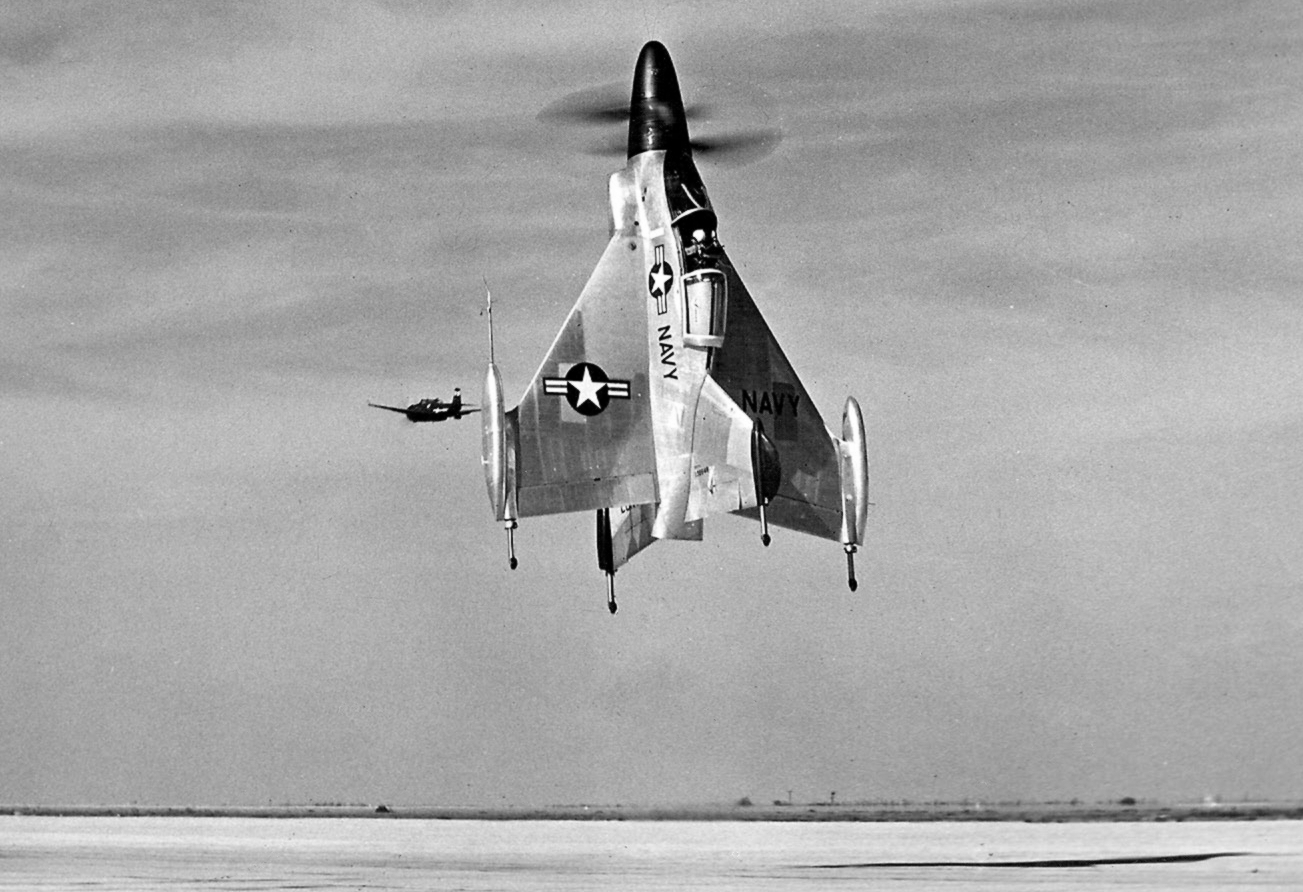
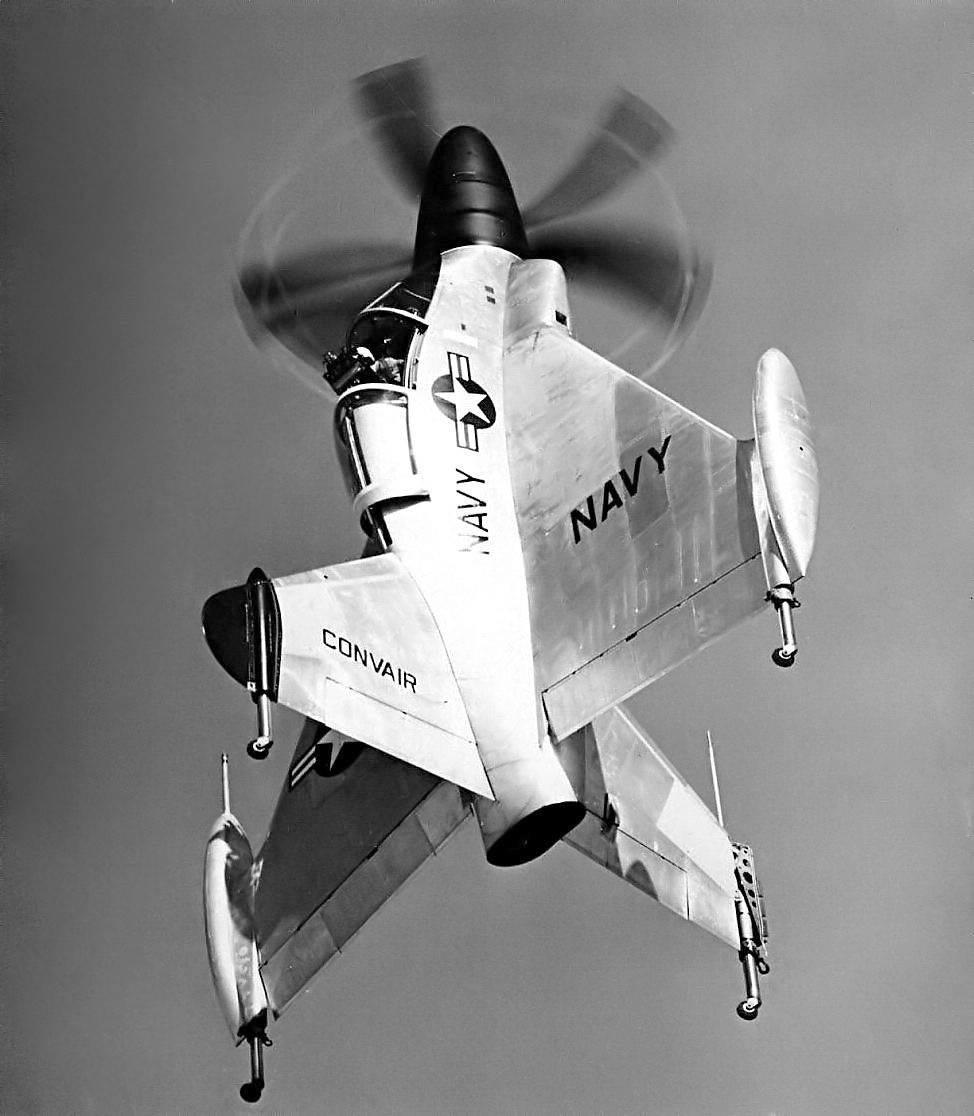
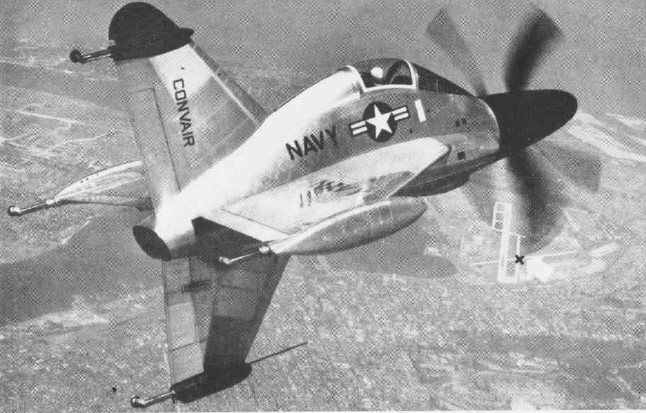
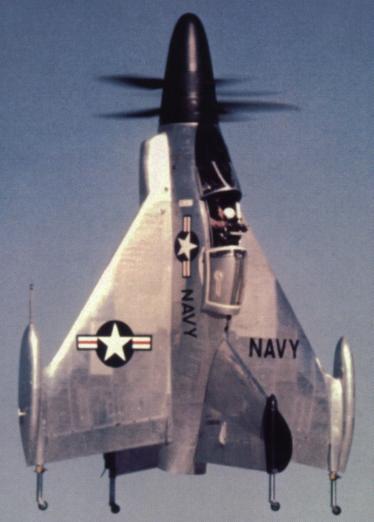
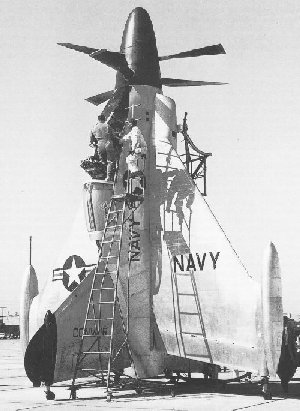

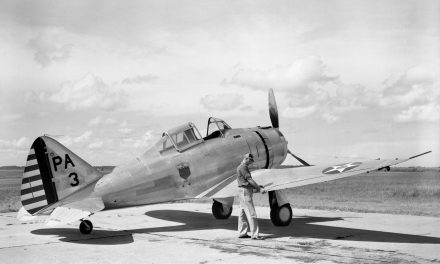



Recent Comments